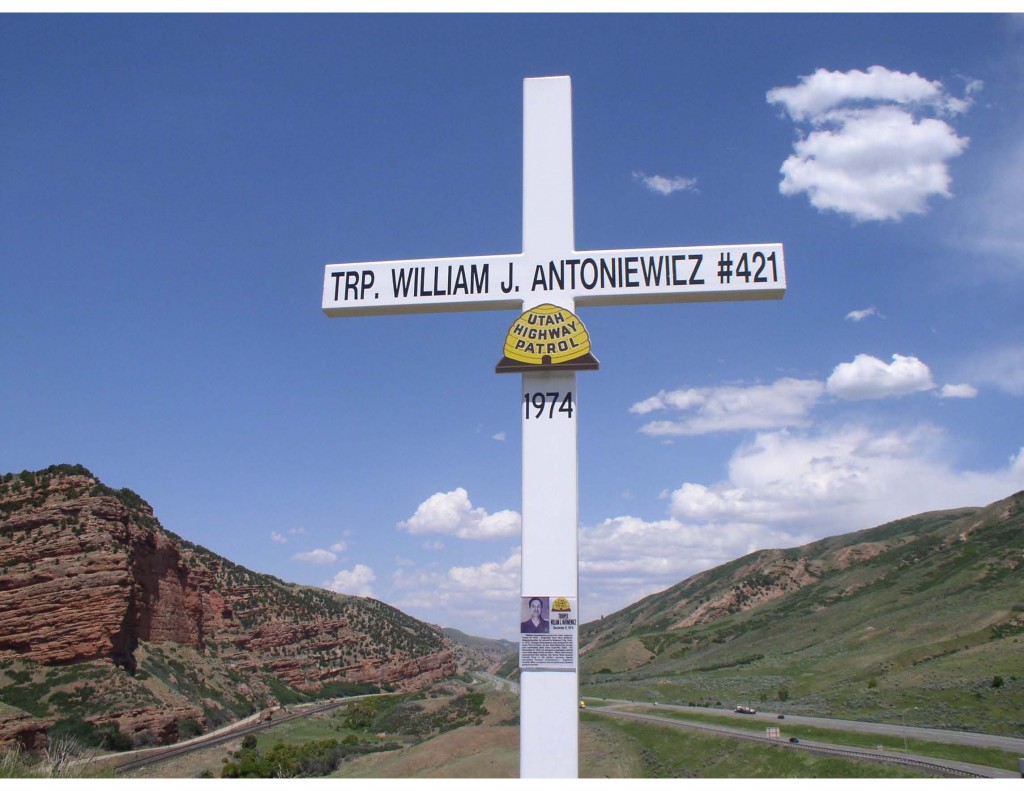Reviving a Ritual of Tending to the Dead
Paul Vitello, The New York Times (December 13, 2010)
A new generation of Jewish volunteers is learning how to prepare a body for burial using techniques that attend to “the feelings of the dead.”
It has been a good year for people who want to re-discover the roots of Jewish funereal practices. Last March I posted a story about a documentary film which documented a group of Jewish women preparing a dead body.
What is really interesting to me is how Jewish (and Muslim) customs are being studied by non-Jews and non-Muslims for their own dead. Indeed, a good number of Natural Burial and Home Funeral proponents borrow ideas from both Islam and Judaism.
This New York Times is a variation on that theme, where non-Orthodox Jews living in Brooklyn want to learn what is done when a person dies. I also find this situation more and more, where a certain religious group suddenly realizes that most of its members do not know what to do when a member of the faith dies. I’ve spoken with funeral directors who have been asked point blank what a certain religious faith requires– from members of that faith.
Everything eventually gets sorted out but it still makes for awkward conversations.
I wouldn’t mind knowing, either, what these funeral practices look like in 1000 years.
That to me is the most important point to contemplate: what stays and what goes.
What does it all morph into since dead bodies will most certainly still be around.











